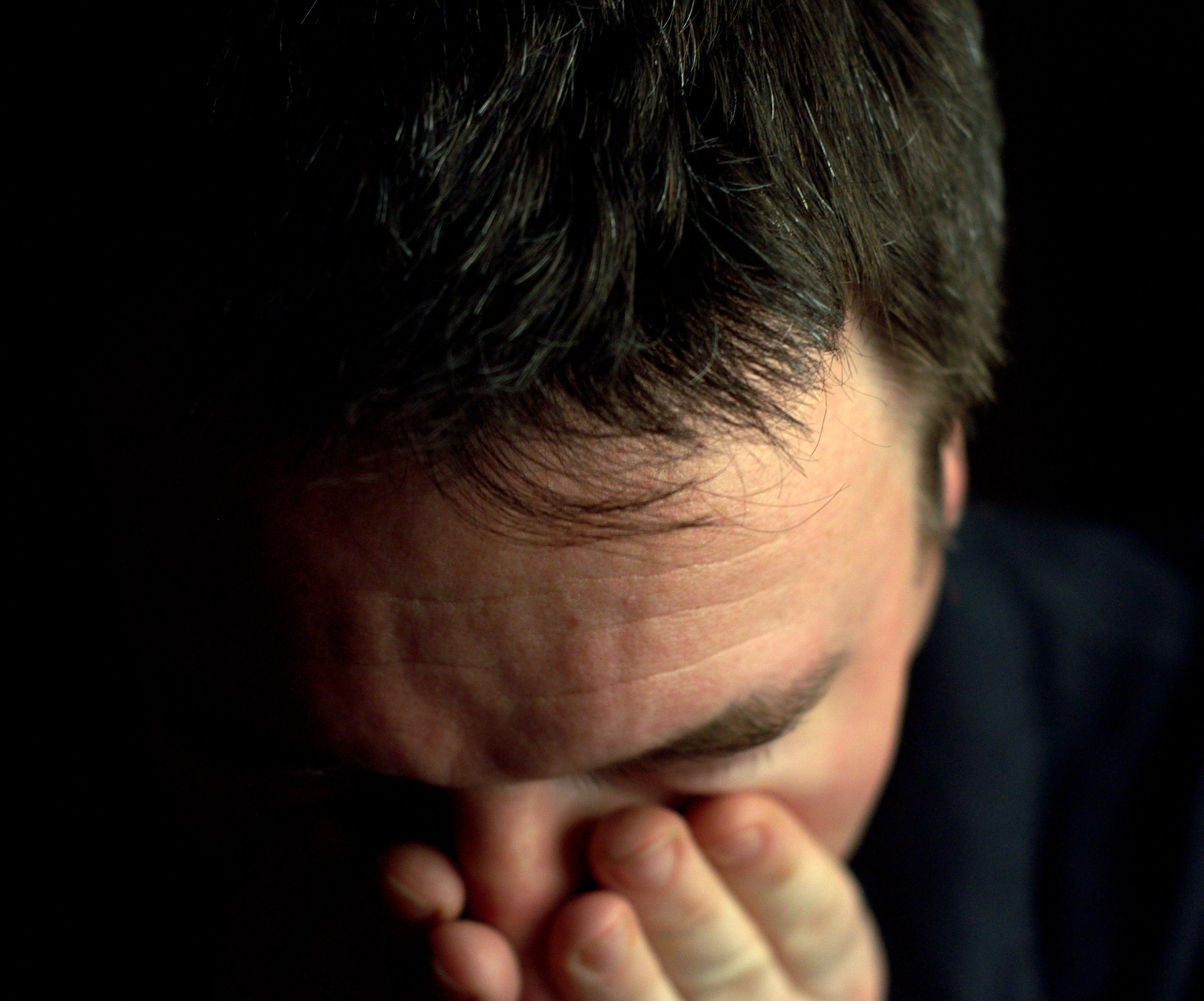Most of us are taught that depression is a flaw in brain chemistry. But another important and hopeful way to understand depression is through understanding our emotions. Life experiences, especially adverse ones, can ignite many emotions in the brain. Research has shown that burying these emotions is one of the things that can lead to depression and many other symptoms of mental illness. These symptoms, particularly suicide rates and rates of major depression are rising in our society.
Emotion education holds a missing piece to reversing this trend. All people should receive a basic education in emotions and how the mind handles them, especially when it comes to stressful life events and traumas.
Safely Releasing Traumatic Emotions
Alexander, who had escaped a war-torn country, was depressed and suicidal when I first met him. He had thoughts of ending his life because of the seemingly inescapable pain he felt. Core emotions—like fear, anger, and sadness—are natural, biological responses to stressful events. Traumatic events, including the invisible traumas of childhood, may create such intense and complex emotions that a person can’t process them effectively. Instead, a person may push them off to the very back of their mind to maintain their sanity.
When emotions aren’t processed, it can throw the mind and body into a state of imbalance called dysregulation. In our society, symptoms of dysregulation are frequently given various labels and diagnoses like depression, chronic anxiety, personality disorders and more. At the root, these diagnoses may share a common component: blocked and buried emotions that ultimately give way to the unbearable sense of being disconnected from one’s self.
I helped Alexander recover by teaching him about emotions, and then helping him safely release the terror, anger and sadness that had been trapped inside his body for many years. Releasing buried emotions helped his nervous system to regulate.
During one session, I had him name the emotion he was experiencing: terror. He was physically trembling. We sat together as Alex focused inward. I told him to stay with it and to have compassion towards himself. After several minutes, his body calmed and the trembling quieted. The energy from the terror that had been trapped in his body, and which caused him unimaginable distress, was lessened.
Processing Emotions Rather Than Avoiding Them
Growing up in New York City in the 1970s, I thought experiencing emotions as sensations with energy was a “new age” unscientific idea. Turns out I was wrong. In anatomy class, I saw with my own eyes, that the vagus nerve connects the emotional brain with organs of the body, in order for the body to respond to emotional threats. This connection is why and how emotions in the mind lead to ailments in the body, like stomach aches or back pain.But it wasn’t until 2004, when I was in trauma training that I learned how to help people recognize and release their emotions.
Alex’s depression began to lift as we liberated the underlying emotions. While the emotions from that time were too much for Alex to bear alone, with my help he could safely process them. With his nervous system regulated, the suicidal thoughts stopped.
In our society, no one teaches us what emotions are, let alone how to work with them safely and skillfully. We learn how to avoid our emotions using defenses such as addictions, over-working, under-eating, isolating ourselves, ruminating and so many others. Chronic reliance on defenses eventually leads to a sense of being disconnected and dissociated both from our authentic self and others. These symptoms are often labeled as “depression” because they present similarly. When I ask a client to put more words on the experience of being depressed, I hear phrases like, “I feel disconnected, deadened and hopeless.” They are describing what it can feel like to be cut off from one’s core emotions.
Learning about our emotions can help us understand them. It is the first step to making emotions less scary so we can learn to stop avoiding our most difficult emotions. Education undoes damaging myths, like “strong people don’t have emotions” or “only weak people suffer.” When we understand emotions, our suffering changes from shameful to human. And when we learn to work with our emotions, becoming familiar with how they feel physically, we feel better. We stop being hampered and side-lined by the traumas and wounds we have experienced; and we unlock a healing potential to restore a deeply felt calm and connection to our self and others.
Share this Blog


